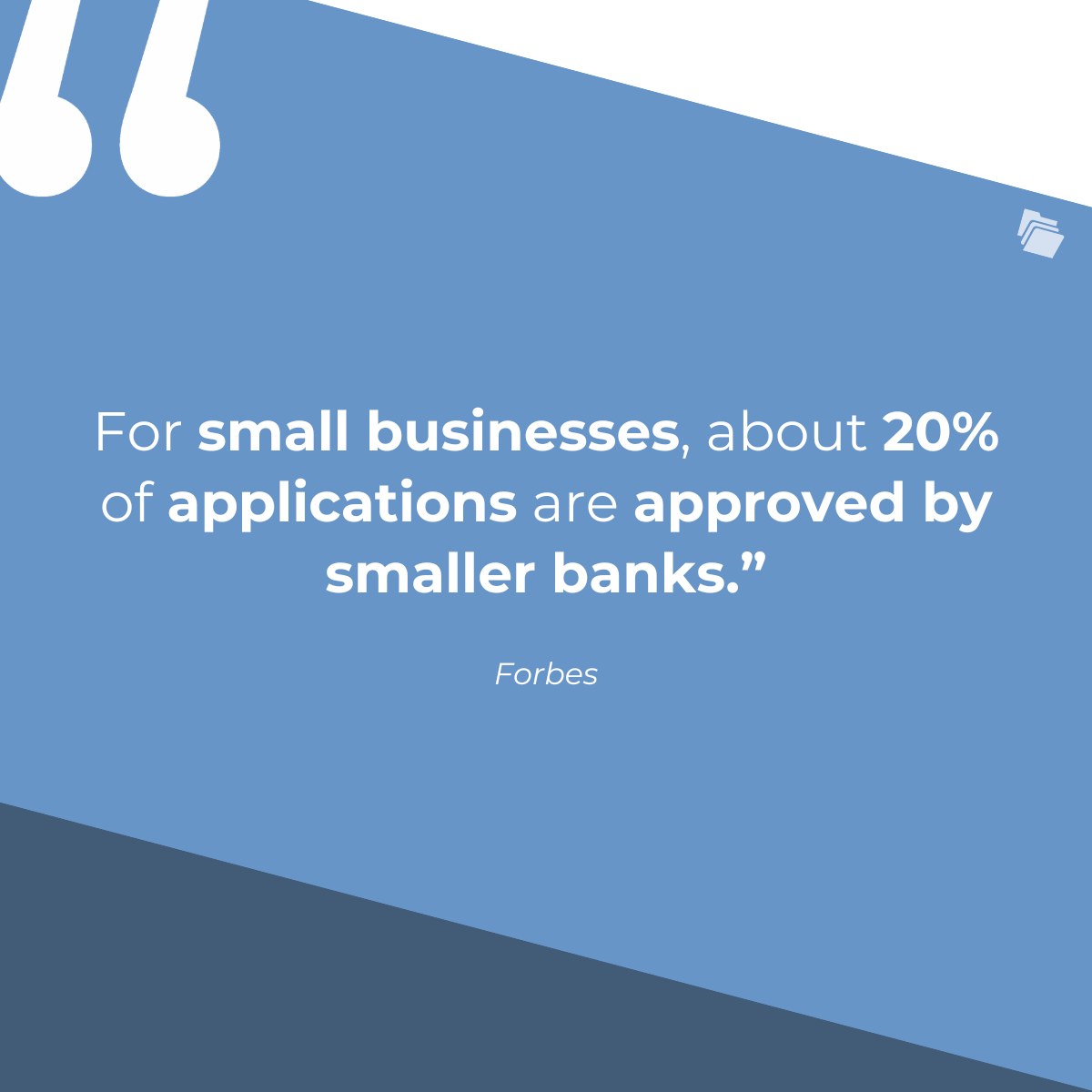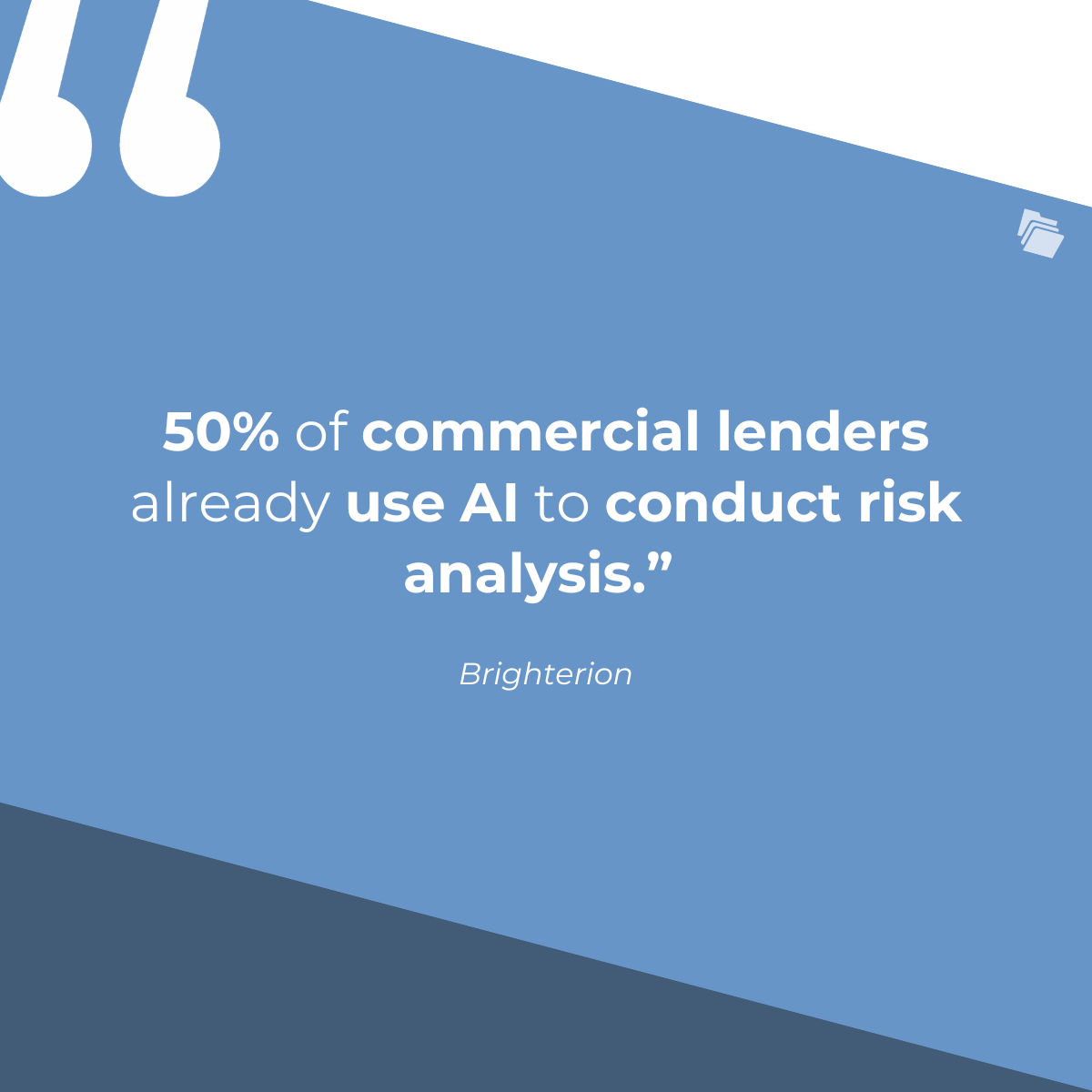Optimizing the loan origination process can increase your loan volume and reduce costs associated with human error.
As a lender, you can introduce artificial intelligence (AI) and machine learning tools as early as the initial inquiry and pre-qualification stages. It is at that point that potential borrowers first become acquainted with the lending opportunities.
By providing potential customers with a smooth pre-qualification process, you can turn those customers into borrowers by onboarding them faster, completing risk analysis simultaneously with document verification, and reducing human error.
Preparing for the Initial Inquiry
Every loan funding process begins with the initial customer contact. You can reduce attrition by 20% to 30% and ensure that more customers reach the funding stage by implementing AI and machine learning techniques.
AI software can also help loan officers collect accurate customer information.
These key considerations make an initial inquiry process effective:
1. Clear Communication
In today’s digital economy, the first time you interact with a customer will likely occur via the internet. Set yourself up for success by ensuring that customers understand your expectations from the start of the origination process. Establishing clear communication also enables borrowers of all age groups, such as Baby Boomers (who hold the most personal loan debt), to interact with your origination platform.
2. User-Friendly Forms
Inefficient fillable forms reduce the efficiency of your loan officers while also adding headaches to the customer experience. Establishing clear directions for customers who complete online forms reduces the likelihood of error and increases the likelihood that customers complete the loan origination process.
3. Proactive Response Mechanisms
AI chatbots and machine learning tools can respond to routine customer inquiries quickly and directly. An online directory of common questions and answers can also help customers solve minor problems independently.
The Pre-Qualification Process
Loan origination requires the collection of extensive, sensitive customer information. Collecting this information manually increases the likelihood of human error. Introducing AI tools improves the pre-qualification procedures of your commercial lenders.
1. Origination
This is the first step in the mortgage or commercial lending process. Here, you usher potential customers into the pipeline. Other important players include your loan officers, underwriters, and risk analysts.
2. Pre-Qualification
At this point, customers provide financial information to the potential lender. Some lenders use AI tools to identify pre-qualified individuals from publicly available data.
Borrowers are assessed for factors including creditworthiness and risk of default. Loan officers determine the amount a potential customer may borrow by evaluating the customer’s stated income, disclosed assets, and listed debts.
For small businesses, about 20% of applications are approved by smaller banks.

3. Pre-Approval
Customers who successfully exit the pre-qualification stage then begin the pre-approval process.
Customers provide financial documentation in the early stages of the process. During pre-approval loan officers verify the initially reported income, assets, and debts to determine a borrower’s purchasing power. That then tells borrowers how much property they can afford.
Once pre-approved, borrowers move forward with their potential purchases and investments. As with the onboarding process, customers must provide the requested documentation promptly. Such documents could include pay stubs, bank statements, and tax returns.
4. Underwriting and Funding
Once a customer is preapproved, the underwriting team assesses the customer’s risk. Once again, the underwriters evaluate the borrower’s financial profile, credit history, employment stability, debt-to-income ratio, and any necessary appraisals. If you work with certain government entities like Fannie Mae and Freddie Mac, you will also need to ensure the loan includes any special terms and conditions.
The process then proceeds and concludes with the closing. Commercial lenders provide a closing disclosure that outlines the terms of the loan, the interest rate, monthly payment, and cash required to close. On average, the interest rates for commercial real estate loans are about 0.5% to 1% higher.

Enhancing the Pre-Qualification Process
Lenders can improve the pre-qualification process by implementing AI and machine learning tools. While one survey indicates that about 50% of commercial lenders already use AI to conduct risk analysis, integrating AI tools can optimize the quicker processing speed and power of computers.

In general:
1. Continuous Optimization
AI and machine learning algorithms evolve as providers create new applications and different Large Language Models (LLMs). Commercial lenders should take advantage of these advances by setting regular intervals at which to review their tools and make necessary upgrades.
2. Compliance
Software relying on AI enhances your ability to meet regulatory standards. For example, these tools can automate your Know Your Customer (KYL) and Anti-Money Laundering (AML) checks. Certain software automatically integrates your customer’s information with data publicly available from government and financial entity databases.
3. Borrower Communications
Like chatbots, an automated communications system can deliver notifications and updates to borrowers on a set schedule or in real time. These automatic communications ensure that customers receive important information in a timely manner. AI-based software can then track and log all communications for future reference.
Best Practices for Optimizing Commercial Loan Origination
Commercial lenders can automate loan origination with AI software to make the origination process easier for everyone. AI that uses large language models (LLMs), for example, can assist your employees in conducting risk monitoring because the AI system efficiently analyzes the billions of credit card transactions that occur daily.
1. Onboarding New Borrowers
As mentioned above, the initial interaction with a new borrower requires the disclosure of personal, employment, and loan preference information. Implementing the appropriate software optimizes the process.
With this software, consider user-friendly online forms and web portals. This may include automated, live validation of customer submissions to ensure accuracy. AI-based software enables you to give fast pre-qualification using pre-established criteria. You can give instant feedback on a borrower’s eligibility, propose a new or alternate loan amount, and disclose the expected interest rate.
2. Processing Borrower Applications
The software can also improve application processing. When you receive borrower information, you can automatically capture and evaluate credit and borrowing power. This technology then flags missing or conflicting data. This not only minimizes errors but also accelerates decision-making and reduces human involvement.
3. Credit Scoring
You may also realize more efficient credit scoring by using machine learning models and advanced algorithms. These tools provide a timely evaluation of a borrower’s credit history, income statements, and financial data to render a more correct borrowing decision.
Automated decisions also provide more objectivity for rejection or approval because these decisions rely on predetermined criteria established by your organization. Loan decisions therefore become more consistent and accurate.
4. Fund Disbursement
At this point, the underwriters have approved the loan, and it is time for the funds to be delivered to the borrower. The software can automatically connect the origination process to the disbursement stage by linking the customer’s banking system through an automatic funds transfer.
This reduces the likelihood of inaccurate deposits, increases your loan portfolio transparency, and delivers money to customers faster. Although loan sizes vary, the average small business loan is just over $400,000.
Automate Commercial Loan Origination
Third-party vendors can assist commercial lenders by reducing the cost, increasing efficiency, and eliminating the redundancy of manual data collection and entry. Automation technologies simplify gathering the required paperwork, provide timely and accurate customer application submissions, and enable real-time tracking of a customer’s application progress. Commercial lenders who use AI tools can appeal to a broader customer base because these tools also incorporate the character and capability of the borrower to repay the loan. Together, this allows you to grow your business by increasing your loan volume.
To learn more and request a demo, visit FileInvite today.

Related Posts: